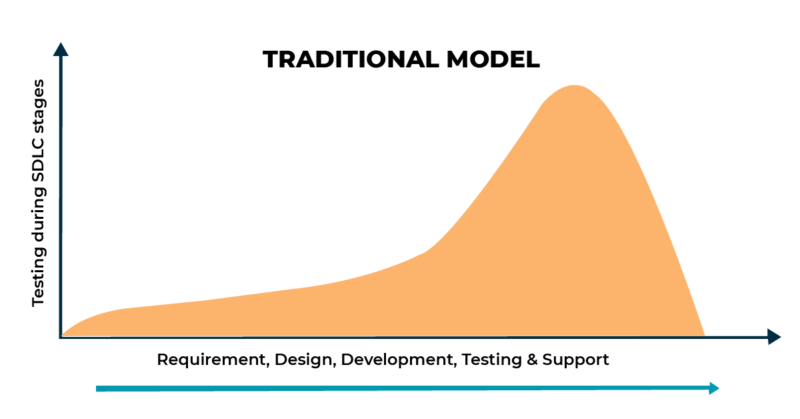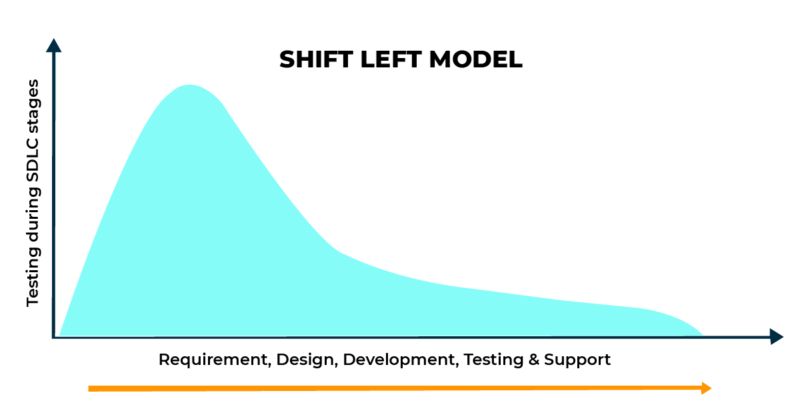
Agilemania
Agilemania, a small group of passionate Lean-Agile-DevOps consultants and trainers, is the most tru... Read more
![]() Get Your AI-Enabled Scrum Master Certification for Just ₹1,500 (Save 85%)!
Get Your AI-Enabled Scrum Master Certification for Just ₹1,500 (Save 85%)!
Scrum.Org
SAFe®
ICAgile
Scrum Alliance
Technical Agility
Kanban
Business Analysis
Project Management
AI-Enabled
Scrum.Org
SAFe®
ICAgile
Scrum Alliance
Technical Agility
Kanban
Business Analysis
Project Management
AI-Enabled

Agilemania
Agilemania, a small group of passionate Lean-Agile-DevOps consultants and trainers, is the most tru... Read more

Agile and waterfall are two well-known project management approaches. Although they are both well-liked in the software development industry, each is most effective for a particular project. There are various distinctions between the two, but the primary one is that while Agile encourages the team to work concurrently on several project phases, the traditional waterfall is a linear style of working that demands the team to complete each project phase before moving on to the next one.
This blog will focus on why the Agile methodology is gaining popularity and why it is preferred over the traditional waterfall approach. We will discuss what is agile and waterfall methodologies, the difference between the two, and much more. Let’s get started.
Agile is a technique that encourages ongoing testing and development throughout the project's software development lifecycle. Development and testing processes coexist in the agile software testing approach. Agile project management techniques divide projects into smaller iterations or components that do not directly involve long-term planning. The project's requirements and scope are established at the start of the development phase.
The agile technique was created in response to the more strict structure of Waterfall. As a result, It's a far more flexible project management technique. It was created as an approach that accepts absorbing direction changes even late in the process and considering stakeholders' comments at all times. Agile involves the team working on several project phases simultaneously, frequently with tight deadlines.
In addition, the team determines the project's direction rather than a project manager. It empowers the team to be motivated and more productive but also requires a more self-directed team.
The waterfall methodology is a project management strategy that emphasizes a straight line from the start of a project to its completion. Since the Waterfall Model is applied sequentially, the project development team can proceed to the following stage of development or testing only when the previous stage has been successfully completed.

This strategy heavily emphasizes meticulous planning, thorough documentation, and systematic implementation.
The linear approach to project management, known as the waterfall methodology, is best suited for tasks when the desired outcome is known from the outset. The requirements for moving on to the next phase are outlined in the clear expectations for the project and the deliverables of each stage.
The amount and caliber of work done upfront, including documenting all features, variations, user stories, and user interfaces, determines how well the Waterfall process works. For its low flexibility, the agile methodology is preferred over the waterfall methodology for easy adaptation, encouraging experimentation, and being able to work on the changes even in later phases of the project.
Let us now look at the difference between agile and waterfall models:
Agile |
Waterfall |
| The project development lifecycle is divided into sprints. | There are various phases to the software development process. |
| It takes a gradual approach. | Using the waterfall methodology, the design process is sequential. |
| Agile methodologies are renowned for their flexibility. | Since the waterfall is an organized approach to software development, it can occasionally be rather inflexible. |
| Agile may be seen as a collection of numerous unique efforts. | It will be finished as a single project. |
| Agile is a very adaptable strategy that permits modifications to the project development requirements even after the preliminary planning is finished. | Once project development has begun, there is no room to change the requirements. |
| Planning, development, prototyping, and other software development phases may be repeated due to the agile methodology's iterative development strategy. | In the Waterfall paradigm, every project development phase—including planning, development, testing, etc.—is finished simultaneously. |
| It is anticipated that the requirements will change and develop. | The approach works for projects with pre-planned needs and expected developments. |
| Agile presents a product mindset in which the software product meets the needs of its end users and evolves as necessary to accommodate those needs. | This model exhibits a project mindset and focuses entirely on completing the project. |
| Prefers small, focused teams that are highly coordinated and synchronized. | Team coordination/synchronization is very limited. |
Laid out above are some major differences between the agile and waterfall models.
To sum up, the waterfall method suits projects with a clear end objective. It does not allow for a lot of creativity and newer developments because of its extremely limited flexibility. Agile offers much flexibility for adaptation and course correction as the project progresses. It works well for projects whose results could require additional investigation or testing.
The agile methodology is gaining increasing popularity for a variety of reasons. Let us discuss some benefits of the agile model, which make it more renowned.
Most organizations are transitioning from waterfall to agile methodology for better and faster solutions. You will have a better understanding when you read the drawbacks of using the waterfall approach. 
The following are a few downsides of the traditional waterfall method:
In conclusion, Agile and Waterfall's models are two distinct project management techniques that are best suited for various project types - but we are sure the motto of this article is served — what is the downside of using the traditional waterfall approach? All IT deployments used to be carried out using the waterfall process.
The Agile revolution, however, followed. Customers now value speed and agility in a changing world. They can no longer afford to be bound by lengthy IT initiatives that, once started, cannot be amended or adjusted. As an alternative, Agile is better suited for teams who want to move quickly, experiment with direction, and start without knowing exactly how the project will turn out.
Agile is adaptable and calls for a cooperative and self-driven team and regular updates on the progress of stakeholders and business owners.
Conclusively, agile tends to give visibility, adaptability, accountability, and value at the start of the process while reducing risks throughout the project when it is the foundation for development.
Agilemania, a small group of passionate Lean-Agile-DevOps consultants and trainers, is the most trusted brand for digital transformations in South and South-East Asia.
WhatsApp Us

We will get back to you soon!
For a detailed enquiry, please write to us at connect@agilemania.com



